In today’s fast-paced world, it’s easy to let health take a back seat to our daily responsibilities. This often results in a sedentary lifestyle, which not only affects our muscles but can also slow down our digestive system. Just like a well-oiled machine needs all its parts to move effectively, our digestive system thrives on regular movement. In this blog, we’ll explore the relationship between digestion and exercise, what the science suggests, and how to incorporate practical strategies to keep things moving. Let’s dive in and unlock the way to a healthier, happier gut!
The Science Behind Digestion and Exercise
 Exercise can affect our digestive system in many ways, mostly yielding beneficial results but occasionally leading to digestive discomfort if done incorrectly. Factors like meal timing, meal composition (amount of fat, protein, and carbs), exercise intensity, and duration all play a role. For instance, a high-fat meal before intense exercise may lead to digestive discomfort, but if the meal is given enough time to digest, it can actually improve exercise performance. So, how can exercise specifically aid digestion?
Exercise can affect our digestive system in many ways, mostly yielding beneficial results but occasionally leading to digestive discomfort if done incorrectly. Factors like meal timing, meal composition (amount of fat, protein, and carbs), exercise intensity, and duration all play a role. For instance, a high-fat meal before intense exercise may lead to digestive discomfort, but if the meal is given enough time to digest, it can actually improve exercise performance. So, how can exercise specifically aid digestion?
Science shows that exercise generally has a positive impact on digestion and gastrointestinal health. It has been shown to reduce the risk of colon cancer and accelerate gastric emptying, the time it takes for food to leave the stomach, which can help relieve constipation. However, high-intensity or prolonged exercise can sometimes cause acid reflux or other digestive discomfort in certain people, particularly based on personal medical history. Finding a balanced exercise approach maximizes benefits while minimizing potential risks.
Practical Tips for Healthy Digestion
Now that we have the baseline understanding, how can we implement movement to improve digestion? Research supports that any form of low-intensity exercise can be beneficial, such as:
- Walking: Walking at a leisurely pace can be a convenient option, whether it’s around the block, your office, or a nearby park for 10–20 minutes after meals. A higher step count also brings a range of other health benefits.
- Yoga/Tai Chi: Gentle movements and stretches are ideal to aid digestion without causing discomfort. Avoid pushing the intensity to ensure that food is digested comfortably.
- Biking: Like walking, low-intensity biking at a pace where you can maintain a conversation is a good option for digestive support. Aim for 10–20 minutes.
Overall, exercise and digestion are closely related, and a short, low-intensity walk after meals can encourage healthier digestion by speeding up gastric emptying. Allow an hour after eating before attempting high-intensity exercise to avoid digestive discomfort.


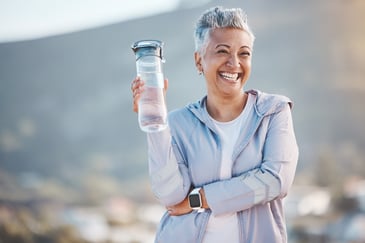 Beginning in the early stages of life, everyone is told to drink water, water, and more water. With everyone instructing individuals to consume more water, what are some methods to increase our water intake? Staying hydrated is vital for the human body to continue to perform activities that we wish to engage in. The human body is roughly fifty percent water, which may emphasize the instruction to consume more water even more than before. We are going to discuss three tips to increase the overall consumption of water so that everyone can reach their desired goals. I encourage you to implement one of the three tips and analyze whether your daily water intake increased. To determine that optimal amount of water your body may need daily, reach out to your primary physician for guidance.
Beginning in the early stages of life, everyone is told to drink water, water, and more water. With everyone instructing individuals to consume more water, what are some methods to increase our water intake? Staying hydrated is vital for the human body to continue to perform activities that we wish to engage in. The human body is roughly fifty percent water, which may emphasize the instruction to consume more water even more than before. We are going to discuss three tips to increase the overall consumption of water so that everyone can reach their desired goals. I encourage you to implement one of the three tips and analyze whether your daily water intake increased. To determine that optimal amount of water your body may need daily, reach out to your primary physician for guidance.
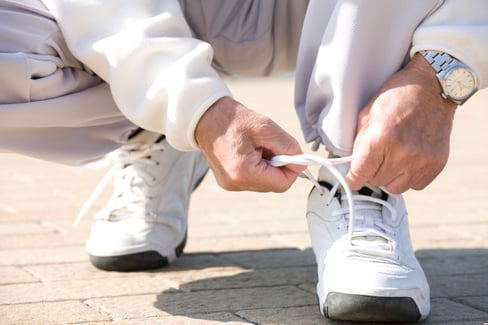

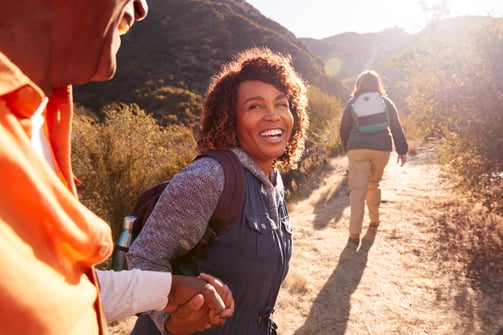 Hiking is amazing in so many ways. It is great for physical activity, mental health and stress-relief, cardiovascular health, socialization and more. I’ve always loved the outdoors, but my love for hiking drastically increased when I went to Sedona, Arizona. The red rocks, the greenery, the breeze thousands of feet above sea level…breathtaking. No matter where you hike, you will experience many wonderful things along the way. If you have never hiked before or have only hiked a handful of times, follow these five steps for a great hiking experience:
Hiking is amazing in so many ways. It is great for physical activity, mental health and stress-relief, cardiovascular health, socialization and more. I’ve always loved the outdoors, but my love for hiking drastically increased when I went to Sedona, Arizona. The red rocks, the greenery, the breeze thousands of feet above sea level…breathtaking. No matter where you hike, you will experience many wonderful things along the way. If you have never hiked before or have only hiked a handful of times, follow these five steps for a great hiking experience: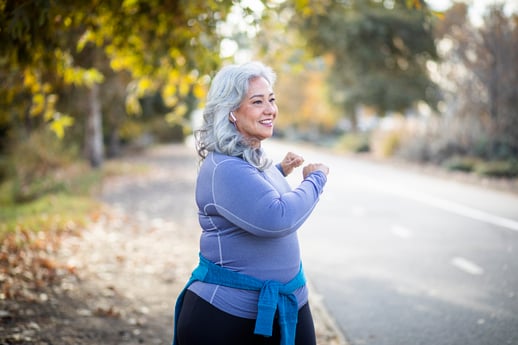 Y’all, spring is HERE! This means sunshine, beautiful weather, and outdoor activities! Whether you plan on exercising outdoors, playing games with the family, or maintaining the yard, please don’t forget to warm up first. Warming up helps get your body ready to move and helps reduce the likelihood of suffering an injury.
Y’all, spring is HERE! This means sunshine, beautiful weather, and outdoor activities! Whether you plan on exercising outdoors, playing games with the family, or maintaining the yard, please don’t forget to warm up first. Warming up helps get your body ready to move and helps reduce the likelihood of suffering an injury.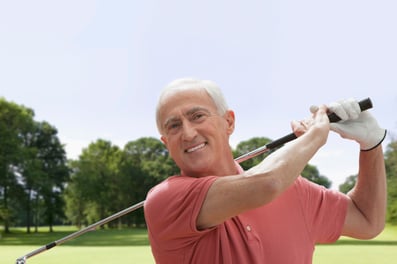 What Counts as Exercise?
What Counts as Exercise?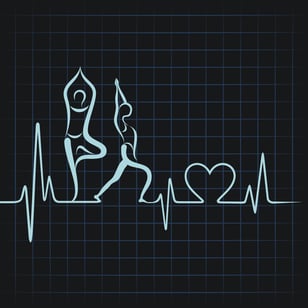

 It’s about that time of year where the weather is getting warmer and the flowers are blooming. May is a wonderful introduction into the summer months and is also a time we celebrate women. Mother’s Day is not the only day to celebrate women, but there is a whole week dedicated to women’s health. For this year, National Women’s Health Week for the US is May 11 – 17. Women can celebrate the generations of women before them that have pioneered the way and take charge of their health to make it a priority. This week focuses on preventive measures to take to improve their health and avoid disease.
It’s about that time of year where the weather is getting warmer and the flowers are blooming. May is a wonderful introduction into the summer months and is also a time we celebrate women. Mother’s Day is not the only day to celebrate women, but there is a whole week dedicated to women’s health. For this year, National Women’s Health Week for the US is May 11 – 17. Women can celebrate the generations of women before them that have pioneered the way and take charge of their health to make it a priority. This week focuses on preventive measures to take to improve their health and avoid disease. Olympic athletes are viewed as superheroes and celebrities; strong, brave individuals at the peak of their career. The words unrealistic or unattainable may have just come into your thoughts; mine too. After taking a step back and thinking about these superstars, there are many lessons we can learn from them. Years and years of preparation go into becoming an Olympic athlete and it is a full time job. What can we learn from these elite athletes, how can we train like them, how can they be role models to us on a wellness journey? Think about the qualities an Olympian possesses and how you can translate these into your life.
Olympic athletes are viewed as superheroes and celebrities; strong, brave individuals at the peak of their career. The words unrealistic or unattainable may have just come into your thoughts; mine too. After taking a step back and thinking about these superstars, there are many lessons we can learn from them. Years and years of preparation go into becoming an Olympic athlete and it is a full time job. What can we learn from these elite athletes, how can we train like them, how can they be role models to us on a wellness journey? Think about the qualities an Olympian possesses and how you can translate these into your life.